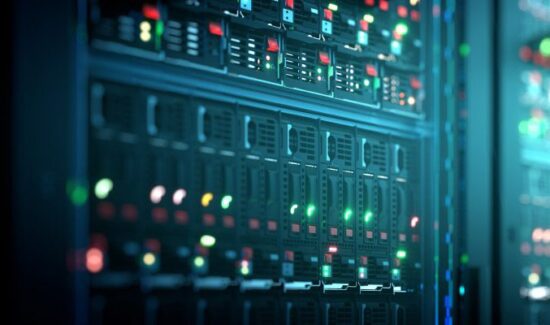Storage Disaggregation to Drive Storage Conversations in 2025


As expected, AI is continuing to dominate discussions in the storage industry in 2025. However, how we deal with the massive explosion in data storage needs is a much more expansive conversation that revolves around the disaggregation of storage.
The ability to scale and manage storage resources separately from memory and compute resources has been a key enabling technology of today’s AI-scale data centers. As workloads grow more powerful, data continues to explode and everyone is under pressure to do more with less, storage disaggregation has become important for both enterprises and hyperscalers. Storage disaggregation projects will grow in frequency and in importance as AI continues to push legacy storage to its limits.
Here are five trends that are helping to push storage disaggregation in 2025:
1. Everyone is under pressure to increase data center utilization
Getting the most from your IT investments will continue to be a priority. Enormous resources are being spent to develop new artificial intelligence (AI) projects with the aim of driving business agility and creating operational efficiencies. Building an AI-scale data center – either in house or in the cloud – is hard. Millions of transactions are being run in a small window, putting intense pressure on infrastructure. When you are building a data center with 8,000 GPUs, server failure is a matter of when, not if – and downtime is expensive. The greater the number of GPUs, the greater the likelihood that a failure will occur. Starting the workflow over after a failure is time and cost prohibitive. Utilizing shared, disaggregated storage accommodates a series or multitude of checkpoints to minimize the impact of failure and avoid starting over.
2. Compute power is at a premium
AI applications are more powerful than ever and require more compute and memory resources than legacy applications. This is especially true for large language models (LLMs) that rely on lightning-fast latency to keep up with real-time interactions and decision making. These growing demands are reshaping how we think about server architecture. To free up prime real estate and optimize server performance and efficiency, storage is increasingly being separated into dedicated storage platforms. This allows components to scale independently to ensure all resources are utilized more efficiently without comprise while also helping to address challenges related to power, cooling, and networking.
3. Data capacity continues to go up… and up… and up
AI is only as good as the data you feed into it. Modern applications are huge consumers and creators of data storage. In fact, from training models to content outputs, there’s a huge need for more information across the entire AI data cycle. But not all this data needs to be accessed all the time. While some data may need to be made readily available instantly, the bulk of it can sit in large data lakes for more long-term purposes. Disaggregating storage from memory and compute resources allows organizations to meet varying storage requirements in the most efficient manner possible.
4. Keen to go green
Morgan Stanley estimates that data centers will produce 2.5 billion tons of carbon through 2030, which will make it hard for many advanced countries to meet their climate goals. The resulting sustainable data center initiatives will continue to push storage disaggregation projects in 2025. The ability to scale storage independently of memory and compute ensures that AI applications have fast access to the information they need in the moment without sacrificing lower-priority data or forcing organizations to over-provision resources across the entire data environment.
5. The electrical grid is under immense stress
Growing data centers are also straining the electrical grid. According to Bloomberg, data center electricity use will surge four to ten times by 2030 – much of it led by energy-hungry AI applications. Several of the largest hyperscalers are considering building their own nuclear power plants for their data centers as a way to keep up with the expected energy demand. Storage disaggregation, and its ability to improve data center utilization – is a valuable complement.
Storage Disaggregation is the Thoughtful Alternative
There’s no doubt that storage disaggregation should dominate the water cooler talk in 2025. Too many trends – from exploding data storage needs to the development of more climate friendly data centers – are pushing the industry in that direction. Scaling storage separately from memory and compute lets data centers scale more efficiently.
- Storage Disaggregation to Drive Storage Conversations in 2025 - April 7, 2025
- NVMe-oF: Shared Storage Flexibility, Scalability & Performance - December 22, 2023




















